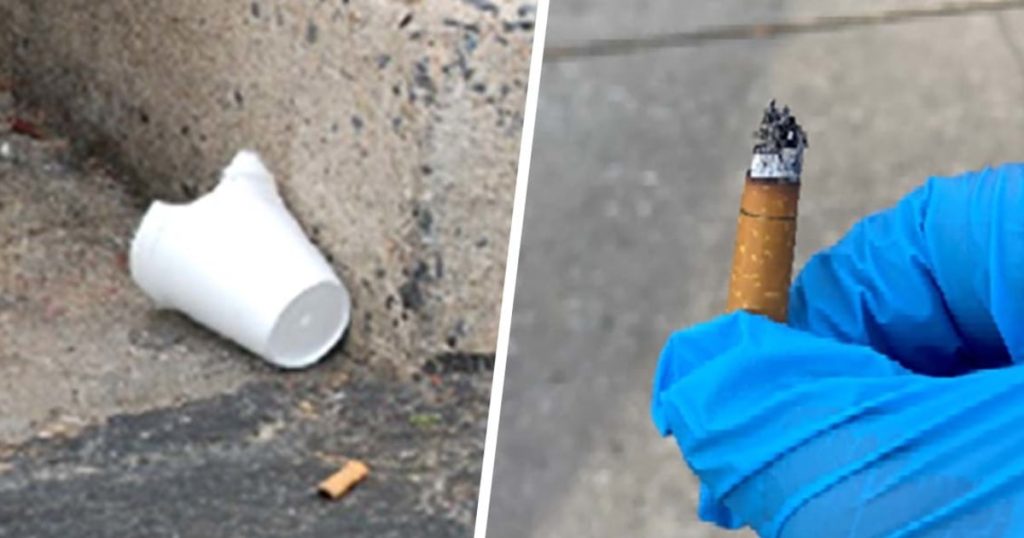Investigators in Pennsylvania were able to identify a suspect in a 2012 unsolved slaying through DNA obtained from a discarded cigarette butt and a piece of a styrofoam cup. Vallis Slaughter, 39, was arrested in connection with the fatal shooting of Julio Torres, 34, in a diner parking lot in West Reading. Slaughter was charged with multiple crimes, including first-degree murder, aggravated assault, and conspiracy. A second person, Jomaine Case, was previously convicted of conspiracy in the killing.
There was an argument before the shooting, but the motive for the crime was unclear. Case did not identify Slaughter as a suspect, and DNA obtained from the styrofoam cup found at the crime scene did not match anyone in the law enforcement database at the time. After reexamining the case last year, investigators extracted a photo from a cell phone belonging to an alleged associate of the suspected shooter. Facial recognition software identified the man in the photo as Slaughter.
Slaughter was staying with his mother in Jersey City, and authorities surveilling him collected a cigarette butt he threw on the ground before entering the home. DNA from the cigarette matched the DNA profile taken from the styrofoam cup, leading to Slaughter’s arrest. He is being held without bail in New Jersey and awaiting extradition to Pennsylvania. Slaughter is also suspected in a homicide in Brooklyn, though details about the crime were not provided.
The case highlights the advancements in DNA technology and facial recognition software that have enabled authorities to solve cold cases like the 2012 slaying of Julio Torres. The use of discarded cigarette butts and other items for DNA collection has proven to be an effective tool in identifying suspects. The collaboration between investigators in Pennsylvania and New Jersey, as well as the use of technology, played a crucial role in apprehending Slaughter.
Slaughter’s arrest brings closure to the family of Julio Torres and provides justice for the victim. It also serves as a warning to others who commit crimes that advancements in technology and investigative techniques make it increasingly difficult to evade capture. The cooperation between law enforcement agencies in different states and the dedication of investigators to solve cold cases demonstrate the commitment to bringing perpetrators to justice and providing closure to families affected by violent crimes. The case serves as a reminder that justice can be served no matter how much time has passed since the crime was committed.


